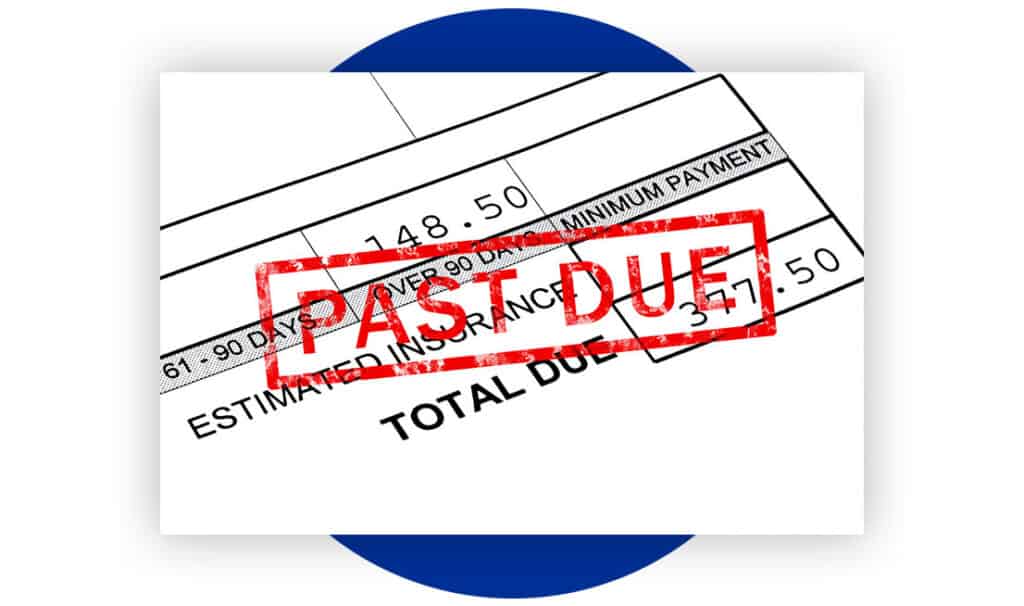We’ve had our ears to the ground about issues that impact freelancers since Finli started, and understand the rich upsides – as well as the frustrating downsides – that can come with this type of work. With 59 million freelancers and counting in the U.S., this group is not only essential but also growing. Here’s a deeper look at one of the biggest challenges, why it’s been coming up short and how freelancers can get paid.
Legal Protection for Freelancers
In 2017, our friends at the Freelancers Union out of New York celebrated when a groundbreaking law protecting freelancers from nonpayment was enacted. The “Freelance Isn’t Free Law” served to mandate contracts, make 30-day payment terms the norm and put into effect other protective measures for freelancers. More recently, the Los Angeles City Council voted to consider passing a similar law, which is expected to be implemented in the next few years.
The Struggle for Payment
While it’s great news that more cities are paying attention to the need to protect freelancers, the status quo to date has been inexcusable. Since we work to serve freelancers at Finli, we understand their pain all too well. One of the main ones? Doing the work you agreed to do, and then not getting paid for it – on time or maybe even at all. So, how can small but mighty freelancers take back control and actually receive the pay they’ve earned? We have the solution.
Finli Gets You Paid
There’s one remedy to nonpayment for freelancers right now: Finli. Our digital payments software was built for freelancers and their unique needs. We help you invoice fast, track the status of the invoice and then run interference for you when it’s not paid on time. We’ll ping your customer to remind them to pay and if they still don’t? We’ll call them. Our solution is the number one way that freelancers can go from invoicing to paid – every time.
Covering Your Bases
In addition to using Finli, we have some tips to help you avoid friction with your customers and increase the likelihood of fast payment:
- Always create a contract with new customers (you can find free templates online to get you started).
- Decide whether to run a credit check on your customer. This can be a wise idea, particularly if the job you’re planning to do is large or will require significant investment of your time or money before you’ll get paid. If you need help with how to do this, here’s some guidance.
- Set payment terms that work for you, and leave you a buffer (for example, if Net30 terms often leave you in a cash flow crunch, make your terms Net15).
- Consider asking for a deposit. This may or may not be appropriate depending on the scope of the work you’re planning to do, upfront costs required and the relationship with the customer. In certain situations, though, it can help with cash flow and ensuring payment.
- Track your receivables. Make sure you’re regularly checking in to see which payments have been made, and which are late. If you use Finli, we take care of this for you, but either way – it’s crucial you know when you’re not getting paid so you can act swiftly and get the issue resolved.
We love and appreciate freelancers, and recognize all they contribute to our country and the economy. We’re here to support you as you grow your business and get paid – faster and more consistently. Sign up to Finli today, so you can experience the top solution that helps freelancers move on from the payment woes of the past and into a more profitable future.
Need help getting started? Finli was founded to help small businesses instantly invoice, collect immediate payments, and more seamlessly handle their accounts receivable. Sign up now!




